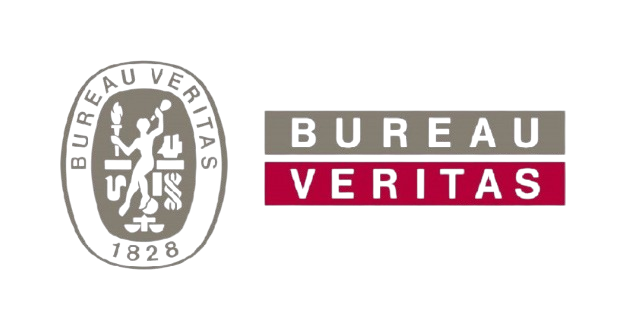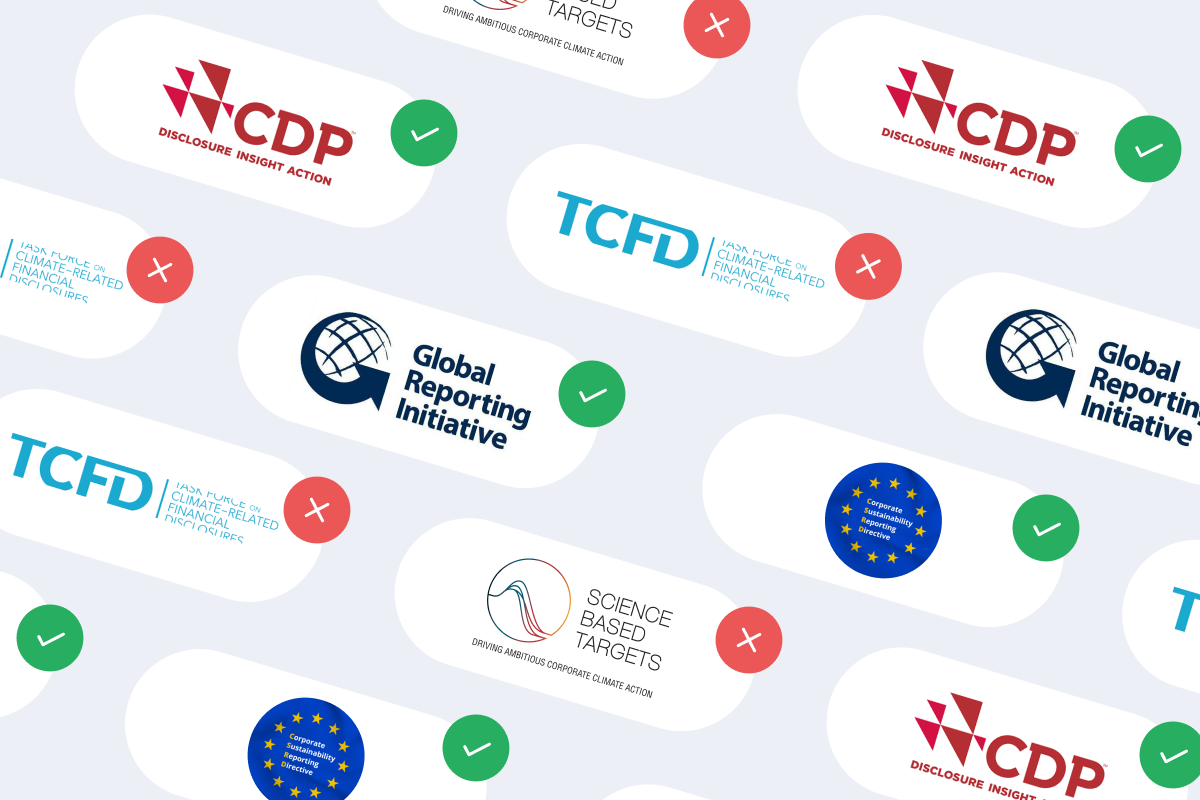Emissions offsetting
Emissions offsetting is a key concept in the fight against climate change and the management of the carbon footprint. This term refers to actions aimed at balancing the greenhouse gas (GHG) emissions generated by an activity through projects or initiatives that reduce or absorb an equivalent amount of emissions elsewhere.
What is emissions offsetting?
Emissions offsetting involves balancing the GHG emissions generated by an activity by investing in projects that reduce or capture an equivalent amount of emissions. Examples include reforestation initiatives, renewable energy generation, and improving energy efficiency in vulnerable communities.
Simply put, if a company emits one ton of carbon dioxide (CO₂) into the atmosphere, it can offset that ton by funding a project that removes one ton of CO₂ elsewhere. This approach allows organizations to mitigate their environmental impact while working on long-term strategies to reduce their direct emissions.
How does emissions offsetting work?
The process of emissions offsetting typically involves the following steps:
- Calculating the carbon footprint: Before offsetting, it is essential to measure the emissions generated by an activity or entity. This includes:
- Direct emissions (Scope 1): Emissions from sources owned or controlled by the entity.
- Indirect emissions from energy consumption (Scope 2): Emissions from purchased electricity, heat, or steam.
- Other indirect emissions (Scope 3): Emissions throughout the value chain, such as those from suppliers or product use.
- Selecting projects: Once emissions are calculated, companies choose offset projects that comply with international standards, such as the Verified Carbon Standard (VCS) or Gold Standard.
- Certification and monitoring: Projects must be audited and certified by independent organizations to ensure the emission reductions are real, measurable, and permanent.
- Purchasing carbon credits: Companies purchase carbon credits, with each credit representing one ton of CO₂ offset.
It is important to note that emissions offsetting should not replace direct emission reduction efforts but should serve as a complementary measure while working towards decarbonization goals.
The importance of emissions offsetting in combating climate change
Emissions offsetting plays a vital role in the transition to a low-carbon economy. According to the Paris Agreement, countries must limit global temperature increases to below 2°C and strive to stay under 1.5°C (IPCC, 2018). Achieving this goal requires reducing GHG emissions globally and offsetting those that cannot be entirely eliminated.
Furthermore, emissions offsetting helps fund sustainable projects in regions that often lack resources for implementing climate solutions. This not only mitigates climate change but also drives economic and social development in vulnerable communities.
Legal frameworks and international standards
Emissions offsetting is governed by various international standards and frameworks that ensure transparency and effectiveness, including:
- Kyoto Protocol: Introduced the Clean Development Mechanism (CDM), enabling developed countries to invest in emission reduction projects in developing nations.
- Paris Agreement: While not explicitly mentioning emissions offsetting, it encourages international cooperation to meet climate goals, including market mechanisms like carbon credits.
- Voluntary standards: Initiatives such as the Gold Standard and Verified Carbon Standard establish rigorous criteria for certifying offset projects.
In Spain, the Ministry for the Ecological Transition and Demographic Challenge (MITECO) provides a framework for emissions offsetting, including the Carbon Footprint Registry, which allows companies to record their offset actions and gain official recognition.
Challenges and criticisms of emissions offsetting
Despite its benefits, emissions offsetting faces criticism and challenges, including:
- Greenwashing: Some companies may use offsetting as a marketing strategy without genuinely committing to reducing their emissions.
- Lack of transparency: Not all offset projects are properly audited, raising doubts about their effectiveness.
- Over-reliance: Offsetting should complement, not replace, direct decarbonization efforts.
To address these challenges, companies must work with trusted providers and adopt a comprehensive approach that combines emission reductions with offsetting.
How Manglai facilitates emissions offsetting
In the business context, managing emissions offsetting can be challenging, particularly when identifying reliable projects and ensuring regulatory compliance. This is where tools like those offered by Manglai are invaluable.
Manglai not only enables real-time carbon emissions calculations across all scopes (1, 2, and 3) but also provides access to a network of certifiable offset projects at the national level. This helps companies find reliable options aligned with their environmental objectives. Additionally, Manglai’s analytics and interactive dashboards allow for detailed tracking of the impact of offset actions.
Companies that already trust manglai














Carbon footprint reduction plan
Discover what an action plan to reduce your company's carbon footprint is, why it matters, and how to create one with Manglai.
Carbon neutrality
Explore the concept of carbon neutrality and its importance in the fight against climate change, along with the necessary steps to achieve it and the technological tools that facilitate this process.
Climate change mitigation
Discover what climate change mitigation is and how actions to reduce GHG emissions are crucial in combating global warming. Learn about strategies, examples, and the importance of carbon footprint measurement at Manglai.
Guiding businesses towards net-zero emissions through AI-driven solutions.
© 2025 Manglai. All rights reserved
Política de Privacidad


